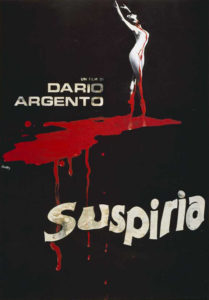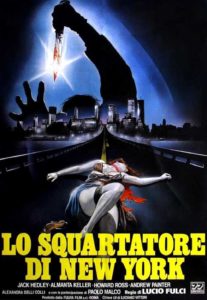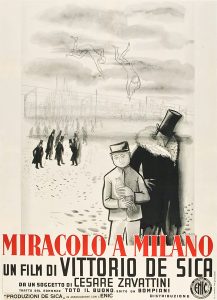 They are still making fairy tales, you know. There’s The Princess Bride, of course. And Moana. And my personal favorite at the time, Stardust[1]. But thanks to my horror podcast, I have learned about another one: Tale of Tales[2].
They are still making fairy tales, you know. There’s The Princess Bride, of course. And Moana. And my personal favorite at the time, Stardust[1]. But thanks to my horror podcast, I have learned about another one: Tale of Tales[2].
Man is this hard to talk about without spoilers, though, so I will stick to brevity. See, there are these three neighboring kingdoms. In the first one, Salma Hayek wants a kid, and goes to rather extreme lengths to get one. But then she is not perfectly happy with either the cost nor (especially) the secondary results. This story features an enormous sort-of axolotl, which is how the podcast settled on this movie as a gothic story with an aquatic monster. Other than by volume, this was a fair assessment of meeting the stated requirements.
In the second kingdom, a horny king and a youth-obsessed woman run afoul of each other, with results that are extremely predictable, right up until they aren’t, and then boy howdy do they keep not being. And in the third kingdom, a princess in want of a husband becomes the prize of a pretty implausible marriage contest, albeit with, again, predictable results. Until they, also again, aren’t.
This movie, if all goes well, will win my personal 2024 awards for worst father, worst mother, and worst sister. Also, it’s at least a middle of the pack contender for both best brother and best husband. But did it need to be three stories, if they barely at all intersect with one another? I guess the answer is this: while two hours and fifteen minutes is a little long for a movie so focused on being slow and dreamlike and cinematic, three movies of forty-five minutes each would have been just ridiculous. So.
[1] No idea if it holds up. I just know I was the only one who thought it might be its generation’s Princess Bride.
[2] Apparently these are pulled from a 17th century Italian fairy tale collection, and thus do not I suppose count as “still making”, in the strictest sense. Goes a long way toward explaining why the “skin of a flea” story seemed familiar, though.


